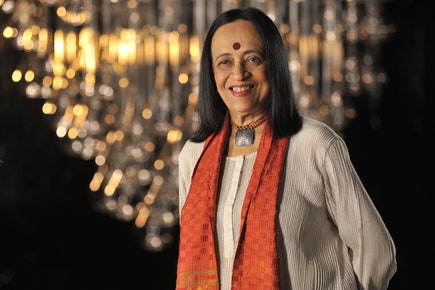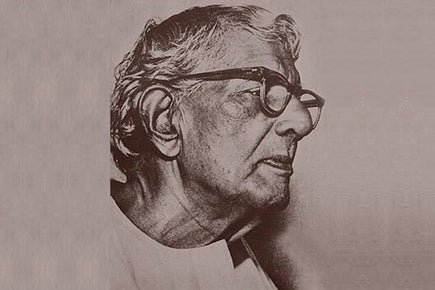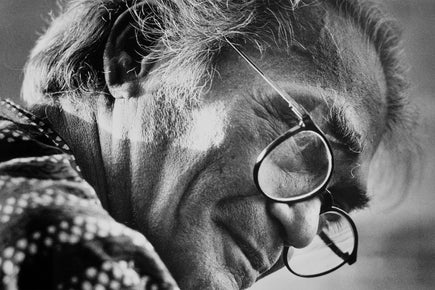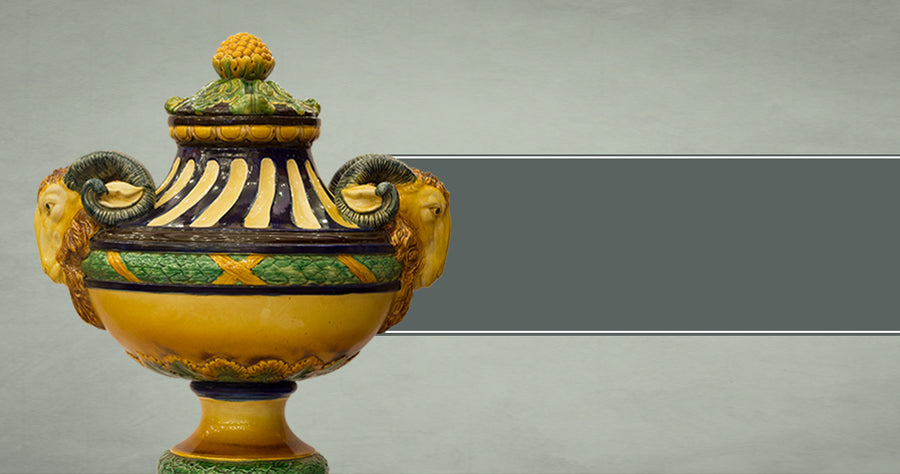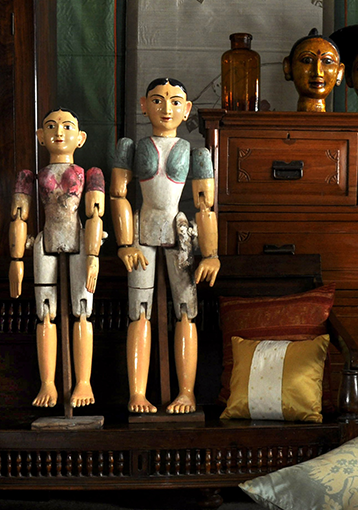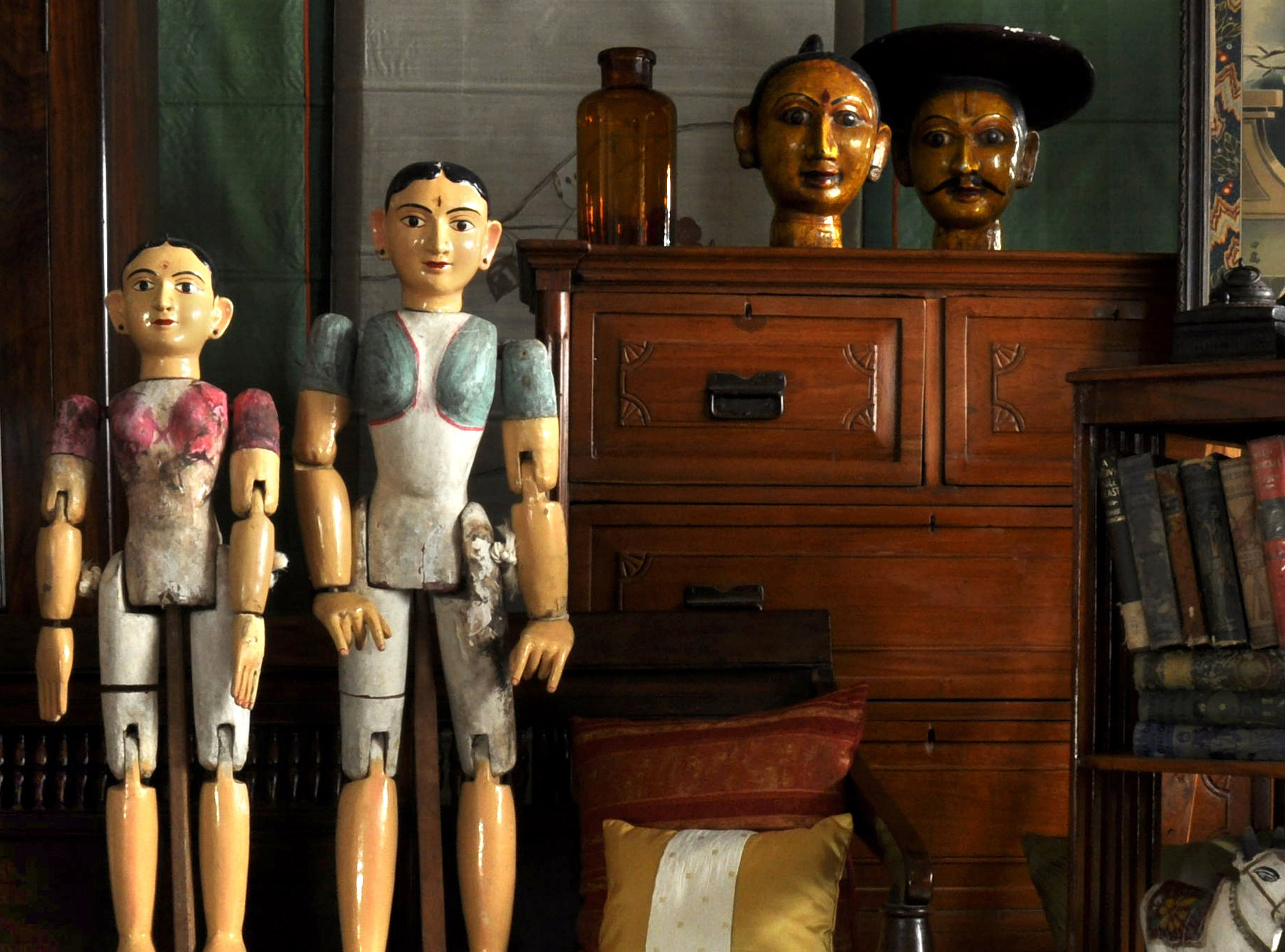9 Printmaking Techniques Everyone Should Know About
Art WiseWhile most of us think of original, one-of-a-kind creations when we think of art, the world of printmaking has its own place in the art market. The technique of printmaking can be traced back to the 1st century AD China, during the reign of the Han dynasty. Contrary to popular belief, printmaking is not limited to creating copies of an original artwork – it includes various techniques by which images are replicated onto wood, paper, metal, fabric and other such materials. Prints are a legitimate category in fine art, and one that is becoming increasingly popular, both for aesthetics as well as investment. Here are nine widely used printmaking techniques one should know about.
 Printmaking tools (Source: metmuseum.org)
Printmaking tools (Source: metmuseum.org)
1. Woodcut
The earliest printmaking technique, woodcut revolutionised printmaking as well as people’s access to literature and art. In the 15th century, with the emergence of the printing press, woodcut was used for making copies of text and images. The printed word thus became accessible to the masses, and eventually, the technique became an art form of its own. The technique of woodcut involves carving into the surface of a piece of wood, and coating the rest of it with ink. The inked surface is then placed on paper and pressure is exerted using a roller or printing press, which creates the print. Woodcut is a subset of ‘relief printmaking’, in which ink is applied onto a surface, which is carved out to form the patterns expected to appear on the print.
 Woodcut printmaking (Source: The Contemporary Austin)
Woodcut printmaking (Source: The Contemporary Austin)
2. Linocut
Linocut is another subset of relief printmaking which emerged in the 20th century. Instead of carving onto a block of wood, linocuts are made by cutting into a sheet of linoleum. A soft, textured material, linoleum is easy to cut and affordable, making it an ideal option for printmaking beginners.
 Linocut printmaking (Source: James Green/hepworthwakefield.org)
Linocut printmaking (Source: James Green/hepworthwakefield.org)
3. Engraving
Engraving is a printmaking technique that falls under the subset of ‘intaglio’. Intaglio printmaking is similar to relief printmaking, but incisions are made on the surface in such a way that the ink applied onto it stays in the incisions, and is then transferred onto paper to give the desired results. The word “intaglio” is derived from Italian word intagliare, which translates into “to cut in.” A difficult technique requiring great dexterity, the origin of engraving can be traced back to 15th century Germany, where it was used by goldsmiths to decorate metalwork. In engraving, incisions are made by carving by hand, using a burin – a handheld steel tool with a sharp tip.
4. Etching
Etching is another type of intaglio printmaking which involves a method called “biting.” Etching was first used in 15th-16th century Europe to decorate armour. The process is easier than engraving. A metal plate is covered with a thin wax-like layer called the “ground,” and patterns are drawn on the plate using a needle. The back of the plate is coated with varnish and it is then dipped in an acid bath. The acid will affect only the patterns which are not covered in wax or varnish, and the incisions created are then filled with ink and the patterns are printed onto paper.
 Etching (Source: uwm.edu)
Etching (Source: uwm.edu)
5. Lithograph
While in relief and intaglio printmaking, surfaces are altered for applying ink, in planographic printmaking, images are made on a flat surface. A subset of planographic printmaking, the technique of lithography originated in 1798 in Munich. Lithographs are created using a large slab of limestone or a metal plate, on which images are developed using multiple steps involving talcum powder, resin, gum arabic, liquid-etch solution and mineral spirits.
 A lithograph titled 'West View of Ramgherry'
A lithograph titled 'West View of Ramgherry'
Oleographs, also known as chromolithographs or “colour” lithographs, are multi-colour art prints which were in wide commercial use in the 1860s. Oleo in Latin means “oil,” and the use of oil in the process of creating these prints, enhanced their quality. Oleographs are lithographs with a larger colour palette, and the technique uses several woodblocks or stones with different colours.
Celebrated Indian artist Raja Ravi Varma brought fine art to the masses, by making prints of his artworks affordable and easily available. He started the Raja Ravi Varma Press in Mumbai in 1894, and oleographs produced by the press were printed in thousands, for many years.
6. Offset
Offset printing is another subset of planographic printing, in which the inked image on a plate is printed on a rubber cylinder and then transferred, or offset, onto the printing surface. One of the most common printing techniques, offset printing is used to create prints of fine art, newspapers, magazines, brochures and books.
 Bhavna, a signed offset print by Manjit Bawa; click to purchase on Artisera
Bhavna, a signed offset print by Manjit Bawa; click to purchase on Artisera
 Mother, a signed offset print by M.F. Husain; click to purchase on Artisera
Mother, a signed offset print by M.F. Husain; click to purchase on Artisera
7. Monotype
A common planographic technique, monotype can be used to produce only one copy of an artwork. The technique was invented in the mid-17th century by Italian Baroque painter, printmaker and draftsman, Giovanni Benedetto Castiglione. Monotypes are made using glass or other non-absorbent, smooth surfaces, onto which ink is applied and then wiped away to create an image. The image is then transferred onto paper, on which it appears in reverse.
8. Serigraph
Serigraphy, also known as screen printing or silkscreen printing, is a unique medium of printmaking. Unlike other techniques, in serigraphy, prints aren’t made directly from surfaces. Instead, images are printed through a screen mesh using a stencil. A squeegee is used to add ink, which slides through the mesh, onto the paper or fabric used as the surface on which the print appears. If the image calls for multiple colours, the process is repeated with a different stencil and ink colour. The thick opaque colours used give these prints a textured feel, making it possible to feel the physical presence of the colours. A very superior technique of printmaking, serigraphy is used by many eminent artists around the world to create prints of their works.
 Bindu, a signed serigraph by S.H. Raza; click to purchase on Artisera
Bindu, a signed serigraph by S.H. Raza; click to purchase on Artisera
9. Giclée
With technological advancements, printmaking has also evolved. Digital prints have grown in popularity since when they were initially designed for mass production of high-quality prints. A digital print made on an inkjet printer is called a giclée. Coined in 1991 by printmaker Jack Duganne, the term is derived from the French word gicleur, which means “to spray.” High-quality photographic prints of two-dimensional artworks are created using these printers, and since the quality of giclée prints is better than other forms of printing, they are highly valuable.
 A signed giclée print by Akbar Padamsee; click to purchase on Artisera
A signed giclée print by Akbar Padamsee; click to purchase on Artisera
Printmaking brings in diversity in the world of fine art and allows artists to challenge themselves and experiment with different techniques. Limited edition prints – a series of identical prints, limited to a one-time printing of a certain number of pieces – climb up in value with the passage of time, as artists gain recognition and an edition gets sold out. Limited edition prints are often signed and numbered by the artist, and a restricted, smaller number of produced prints often means that they are more expensive. Prints are very popular amongst art lovers, as they make art accessible to many, especially first-time buyers.
Artisera offers a wide selection of exclusive and limited edition prints to explore and shop from, including lithographs, oleographs, serigraphs, offset and giclée prints by eminent Indian artists.


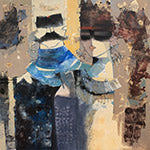
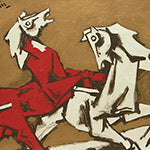
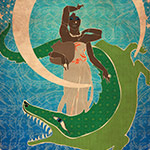
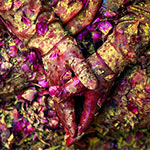


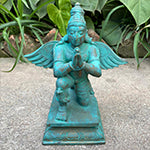
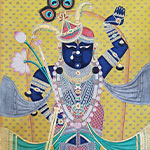
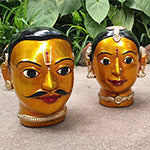
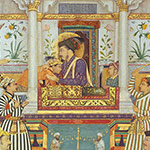
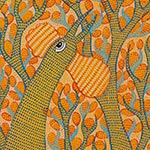
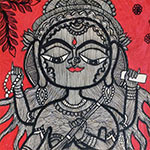
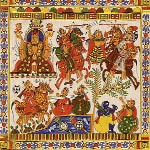












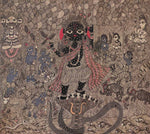
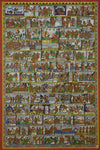

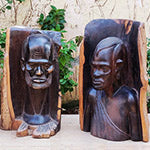
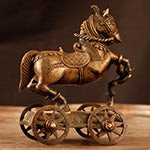
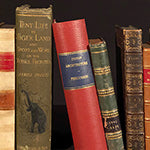
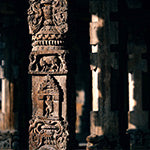
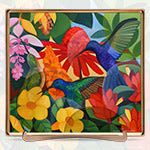
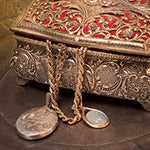
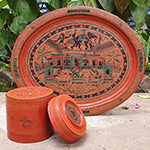
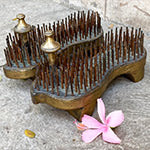
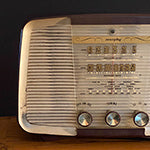
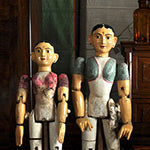
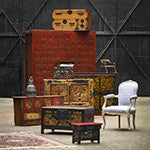
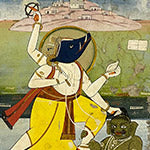
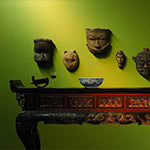
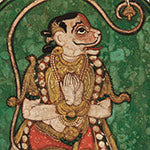
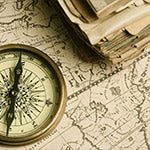
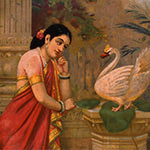
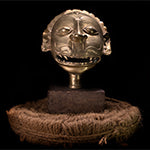
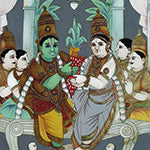
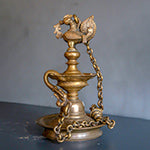
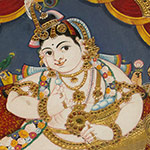
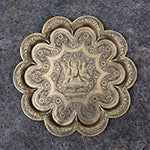
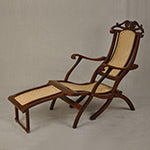
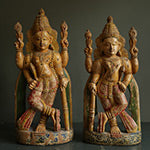


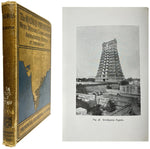







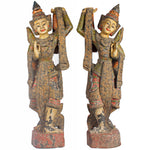
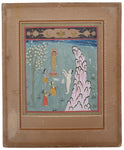





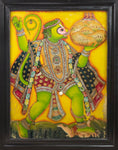
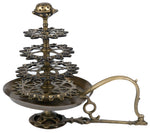








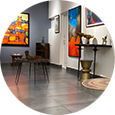

 Mohini, a signed oleograph by Raja Ravi Varma; click to shop from a collection of oleographs on Artisera
Mohini, a signed oleograph by Raja Ravi Varma; click to shop from a collection of oleographs on Artisera
